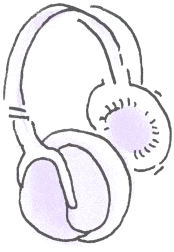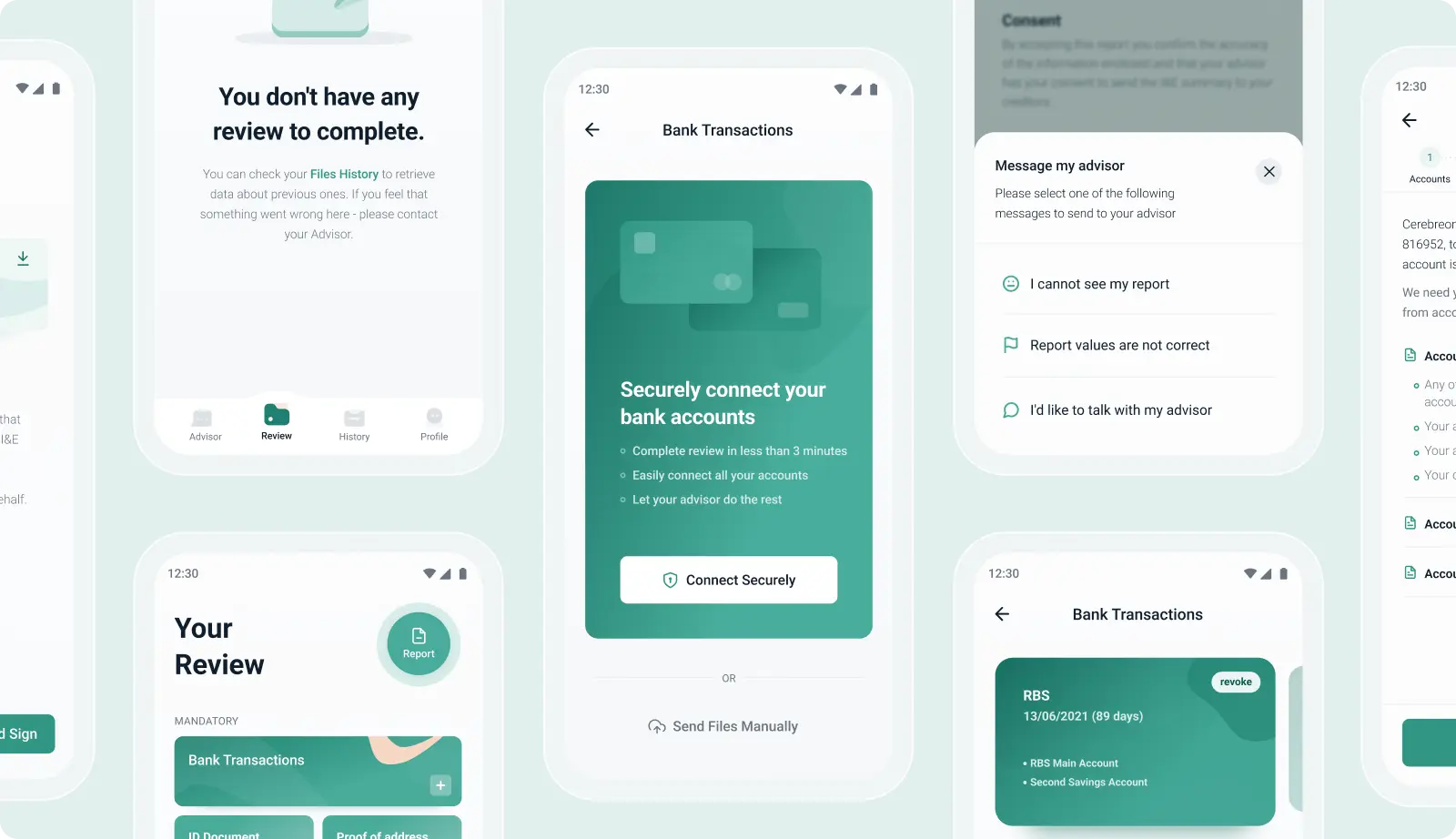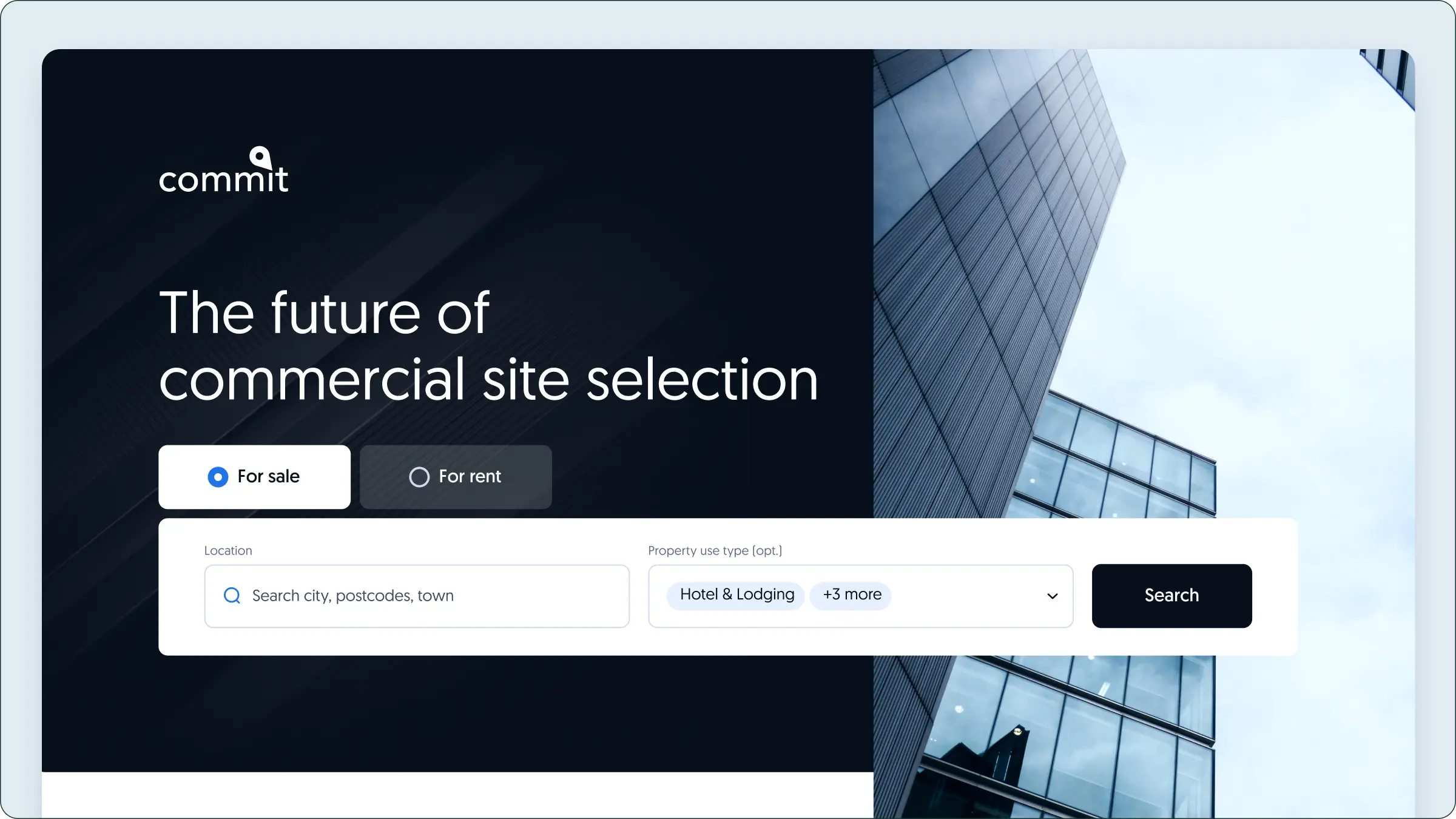


Case Study, Business
Medical courier ordering system for Medical Logistics

Project Story
How it all started?
Alex from Medical Logistics reached out to us with a vision to broaden their services by incorporating urgent and ad-hoc medical courier ordering into their lineup. Up to that point, their order management was a high-wire act of WhatsApp chats, phone calls, emails, and a labyrinth of Excel sheets. While they had a web app designed for managing regular, repeat orders and a separate mobile app for their couriers, these tools were specifically tailored for handling long-term or recurring delivery agreements. This setup left a gap in their ability to efficiently process urgent and one-off requests, signalling a clear need for innovation. And that's where the Deer team shows up...
Kick-off the project
Brainstorming and Workshop series
Right from the start, our discovery workshops were key. They weren't just helpful; they were essential for getting things right. In these sessions, we really got into what Medical Logistics is all about. We learned not just about how they work day-to-day but also got a feel for the medical courier industry as a whole.
Here's how we made sure we were on the right track:
Understanding the Client's Vision: These workshops were our first step to understanding what Alex and his team were aiming for – their plans, dreams, and what they needed from us.
Research and Homework: After our workshops, we did our homework. This meant desk research and lots of digging to really get the medical logistics industry and what makes Medical Logistics tick.
Dedicated Workshop with the Client on System Flow: We conducted several focused workshops with Alex and his team specifically for building the system's flow, detailing functionalities, and ensuring critical aspects like service pricing, calculating distances for couriers, etc., were accurately addressed.
Internal Workshops for Building Wireframes: We held our own team workshops too. These weren't just about coming up with business-smart ideas; they were about making sure those ideas could actually work. Our UX/UI folks, business minds, and developers all came together to sketch out a solution that made sense on all fronts.
Regular Check-ins with the Client: We didn't just meet with Alex and his team once and call it a day. We had lots of meetings to make sure we weren't messing up any of their current processes or piling on more work without their okay.
Brand and Image Workshops: As part of this project (and another one we were working on for Medical Logistics' website), we also dove into the brand's image. These sessions were about making sure the new system felt like a part of Medical Logistics through and through.
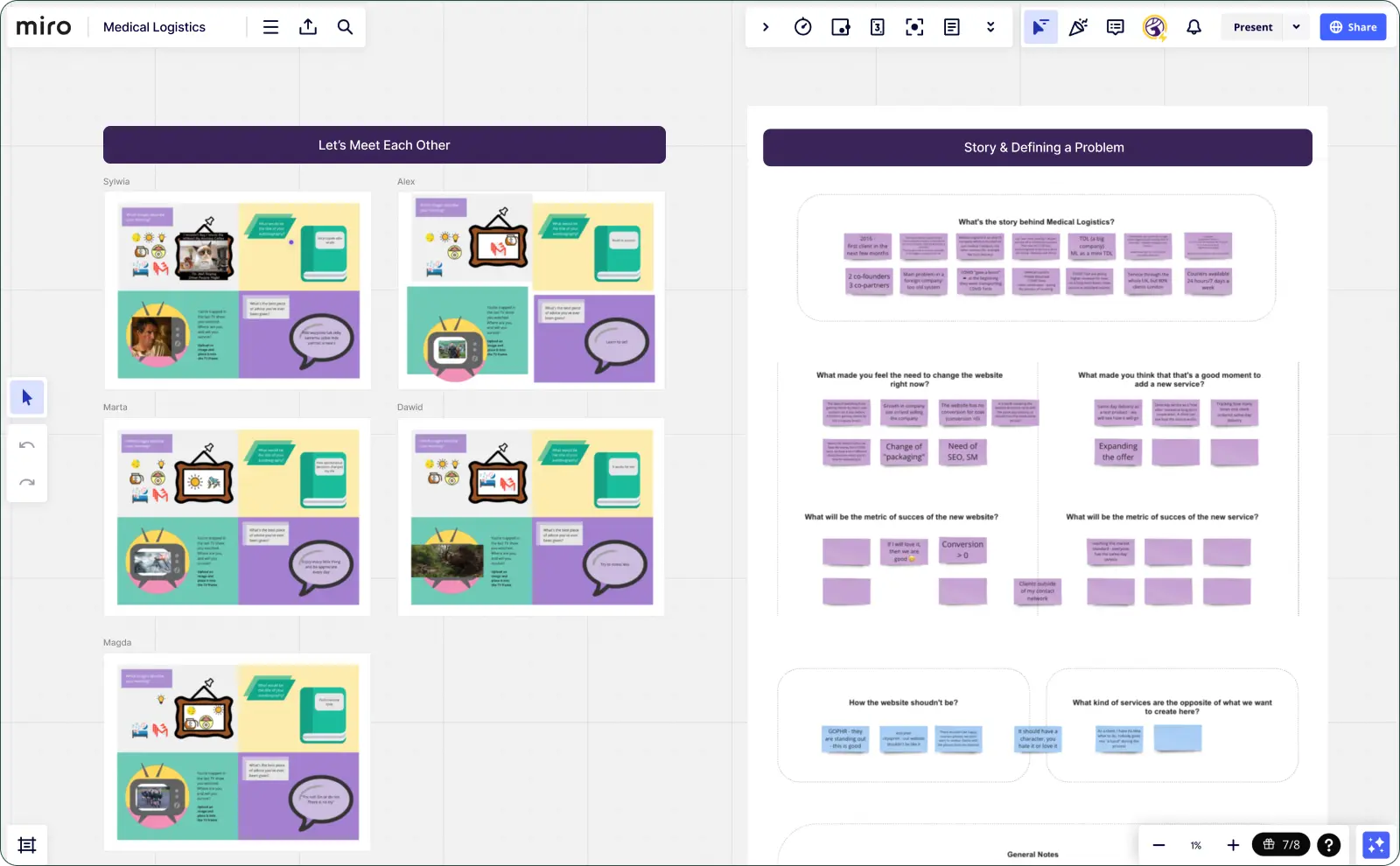
By taking these steps, we made sure that every piece of the puzzle – from the new services we were adding to making sure the user experience was top-notch – was based on a solid understanding of Medical Logistics' business, their goals, and the bigger picture of the industry they're a part of.
Challenge
Integrating this new system seamlessly with Medical Logistics' existing processes presented a multifaceted challenge, comparable to navigating a complex network of trails while ensuring each path connects perfectly to the next. Our goal was to enhance the current web and mobile applications to communicate effectively with the new components, forging a cohesive ecosystem capable of managing both regular and urgent courier needs without a hitch.
Here are the key challenges we faced, broken down:
Adding a New Service to Existing Ones: We needed to weave the new urgent and ad-hoc courier ordering service into the fabric of Medical Logistics' already extensive service portfolio, ensuring a natural fit that felt like it had always been there.
A Growing Company Seeking Expansion: Medical Logistics, a stable and expanding firm, aimed to broaden its service offerings without disrupting the existing elements that had contributed to its success. This balance between growth and stability was crucial.
Employee Resistance to Change: There was an understandable hesitation among staff regarding the expansion of their roles. Controllers, accustomed to managing long-term agreements, now faced the additional responsibility of handling ad-hoc and urgent orders, a significant shift in their daily routines.
More Than Just a New Ordering System: This project was not merely about creating another ordering system (of which there are many) but, perhaps more importantly, about transforming internal processes and habits. It involved extending the company's responsibilities and represented a multi-level change.
Integration with Existing Applications: A particularly intriguing aspect was integrating everything with the existing mobile and web applications, which were developed and continuously updated by a different software company. Ensuring compatibility and seamless communication between these systems was essential.
Collaboration Across Teams: Bridging the gap between the Purple Deer team and Medical Logistics' internal teams (such as couriers and controllers) as well as the external software development team was vital. This required not just technical integration but also fostering a spirit of cooperation and mutual understanding among all parties involved.
Addressing these challenges required a blend of technical prowess, strategic foresight, and empathetic communication. By tackling each hurdle with a clear focus and collaborative approach, we aimed to ensure that the transition not only enhanced Medical Logistics' service offerings but also reinforced the company's core values of efficiency, reliability, and innovation.
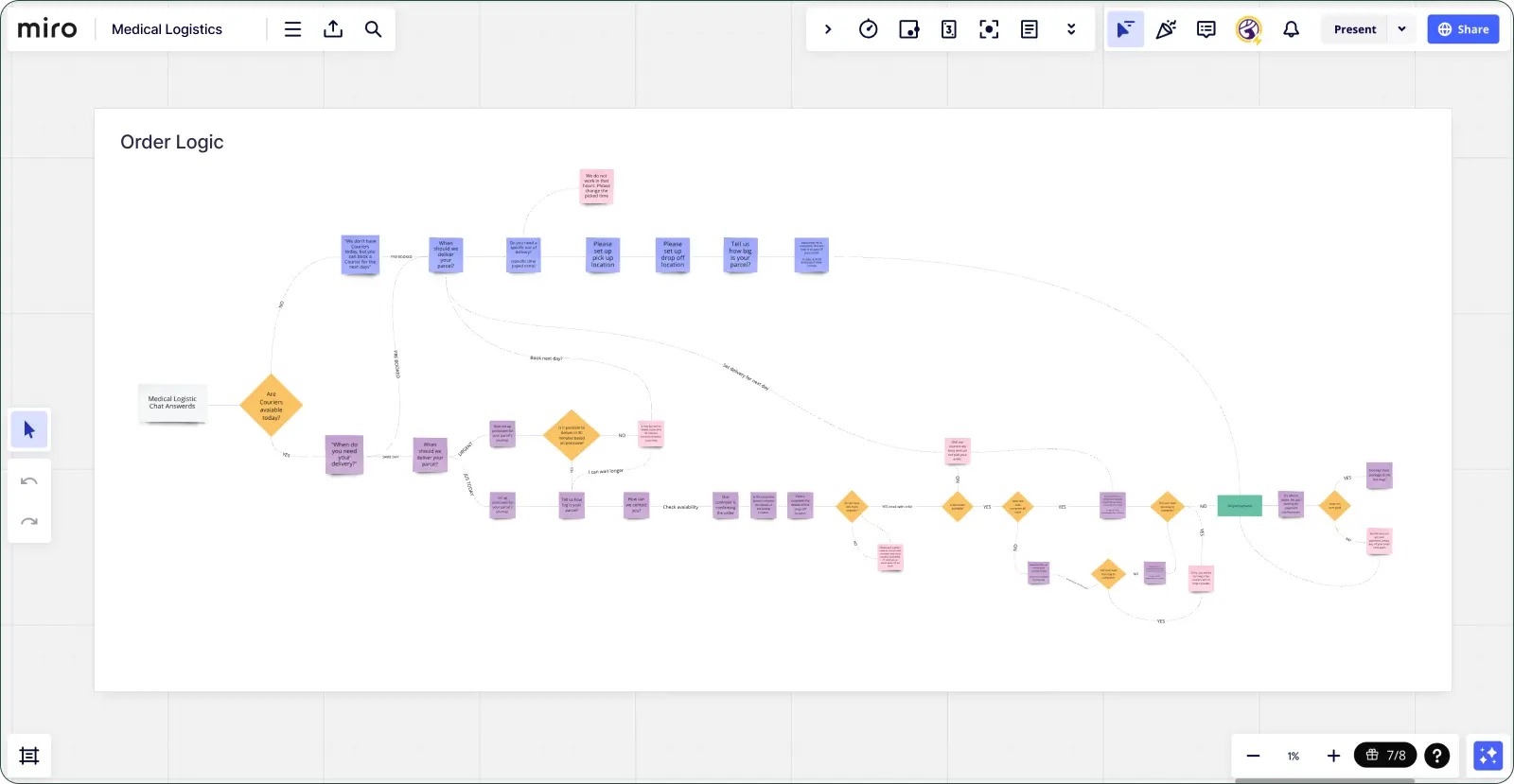
Final result
Deliverables
To address this gap and elevate Medical Logistics' service offerings, we embarked on a multifaceted project designed to weave together the old with the new, ensuring a seamless transition into expanded services. Our blueprint for innovation included the design of a client-facing ordering system.
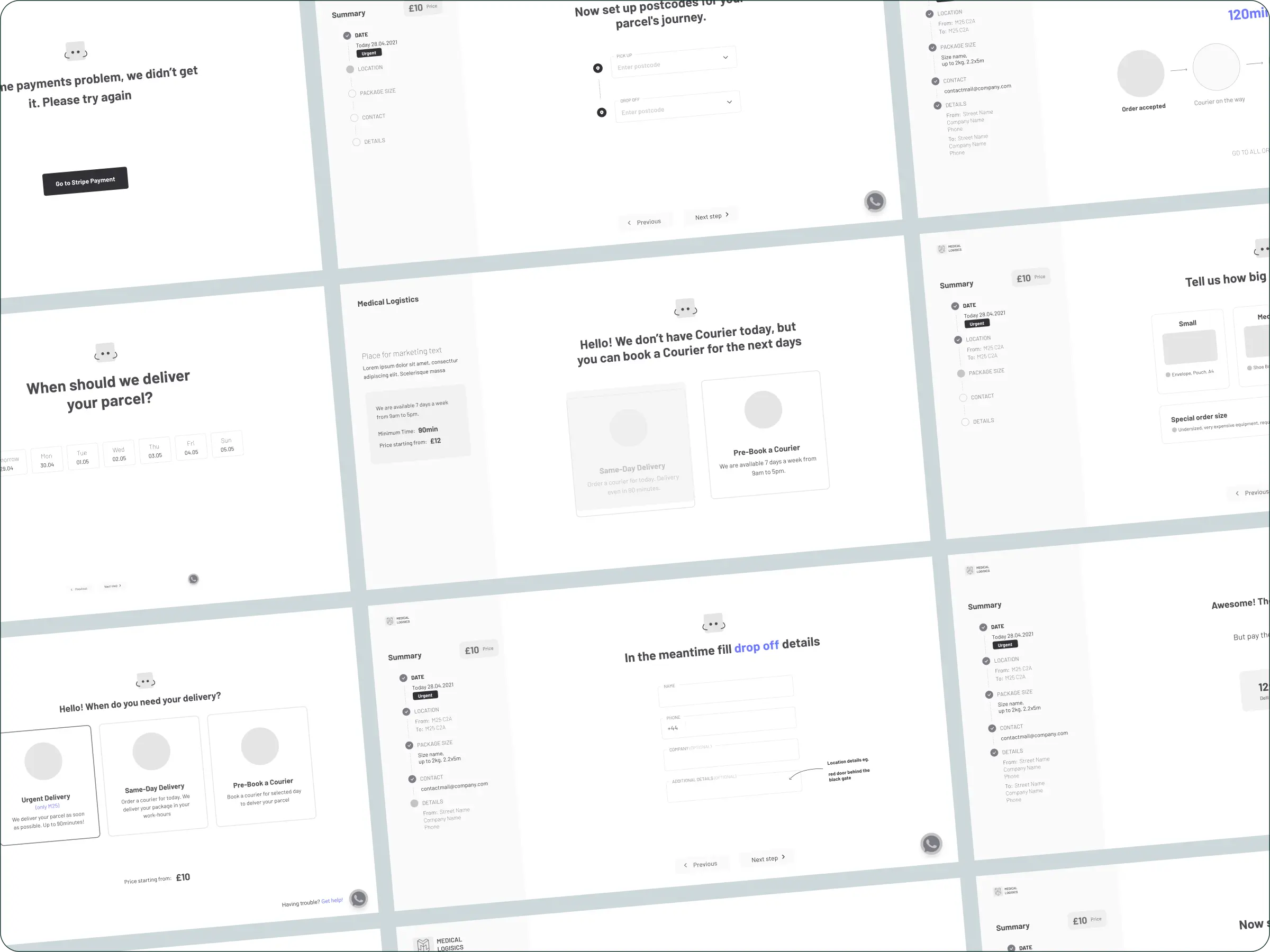
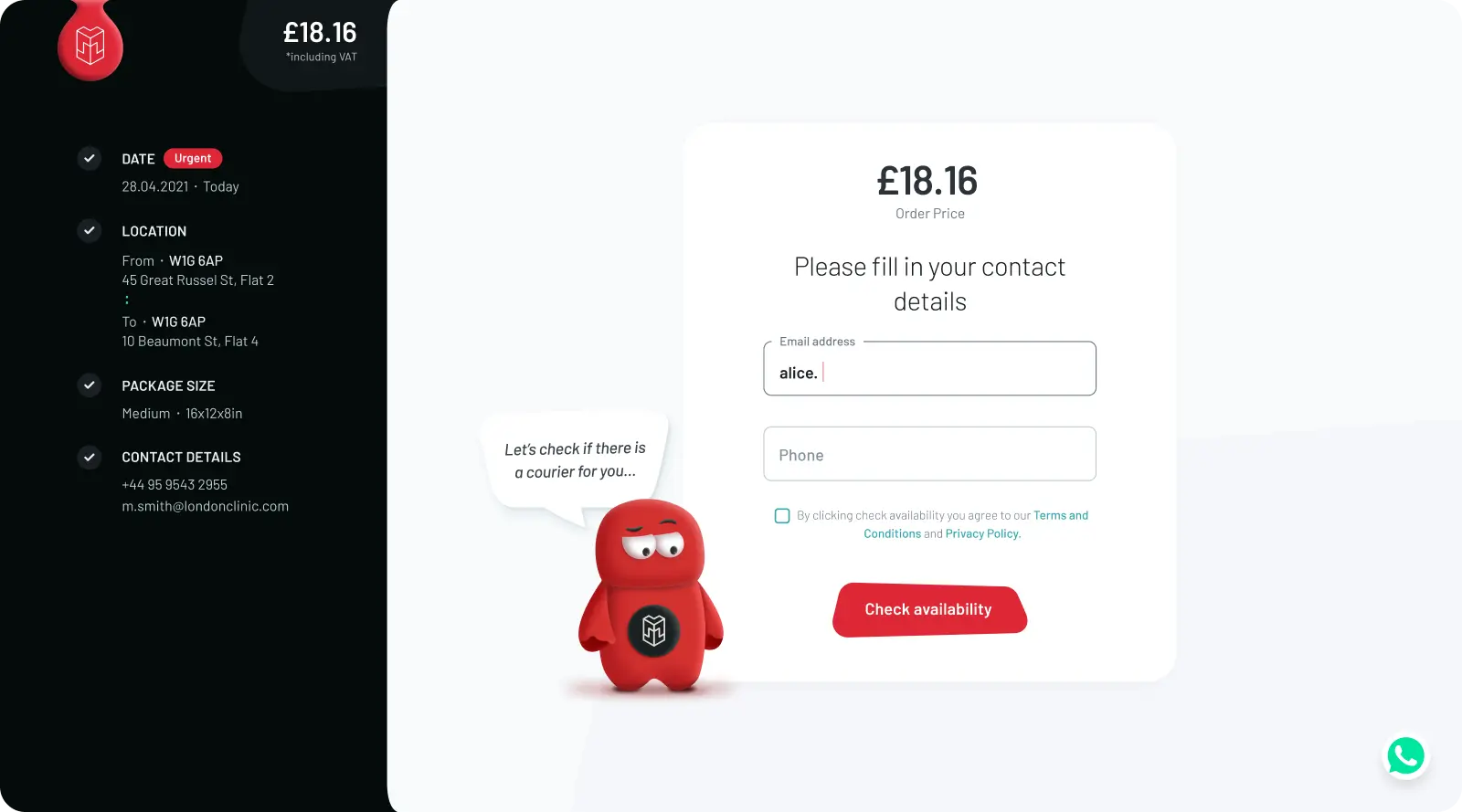

The "Brand Hero" emerged as an innovative addition, enhancing the memorability and innovation of the system. Rather than serving as the core of our strategy, this character was designed to accompany users through the ordering process, adding a layer of engagement and personality to the experience. This unique feature aimed to set Medical Logistics apart, making the user journey not just efficient but also enjoyable and memorable.

Behind the scenes, we set out to construct an internal system tailored for managing these new types of orders. It was accompanied by a browser extension that would make the process even smoother for the controllers (people who are managing the couriers and ordering management).

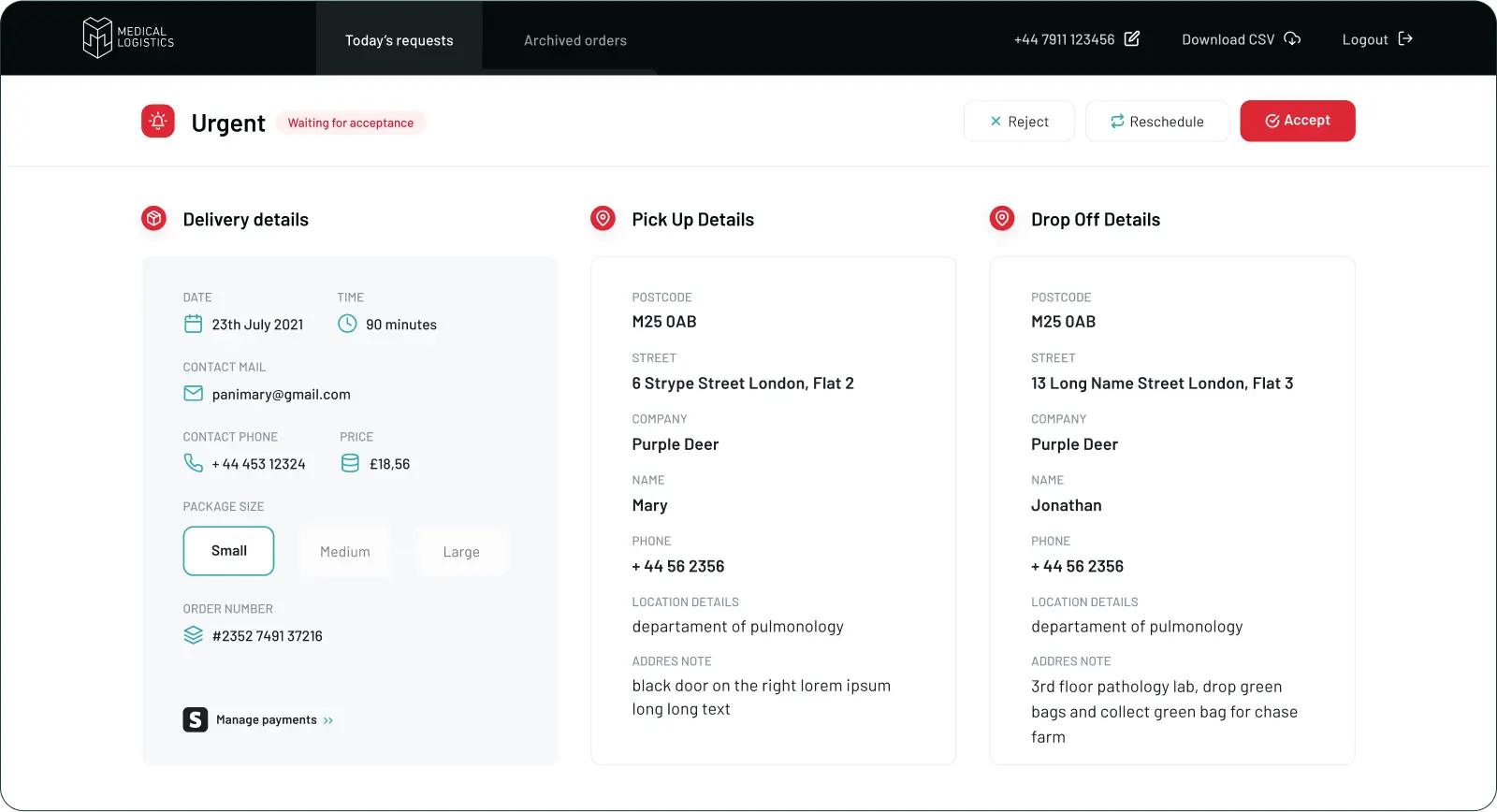
By knitting together these various elements, our goal was to propel Medical Logistics into a new era of service capability, making them a one-stop solution for all medical courier needs, whether planned or last-minute. This expansion was not just about adding new features; it was about redefining what Medical Logistics could offer to its clients, setting a new standard in the medical logistics industry.
If you're up for a chat about how we can do this together, just drop us an email or set up a time to meet. Let's make your business even better, without the stress.



